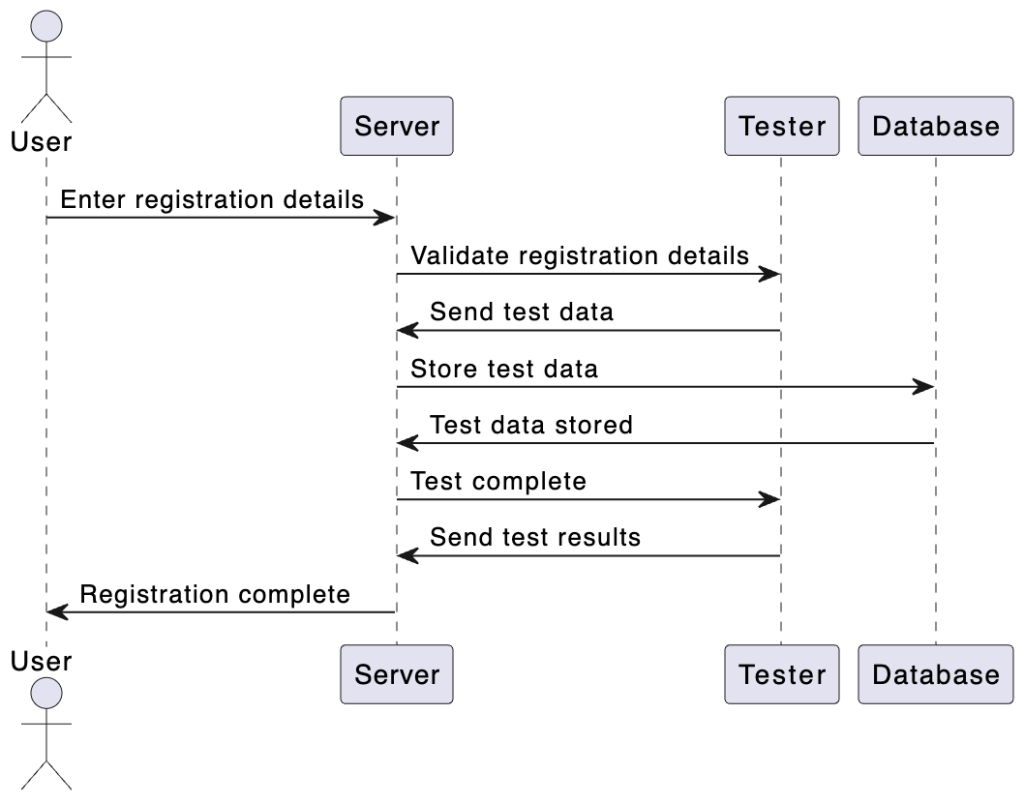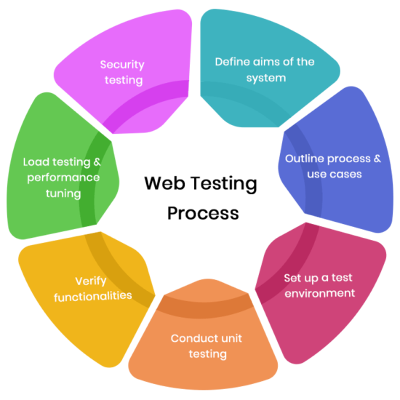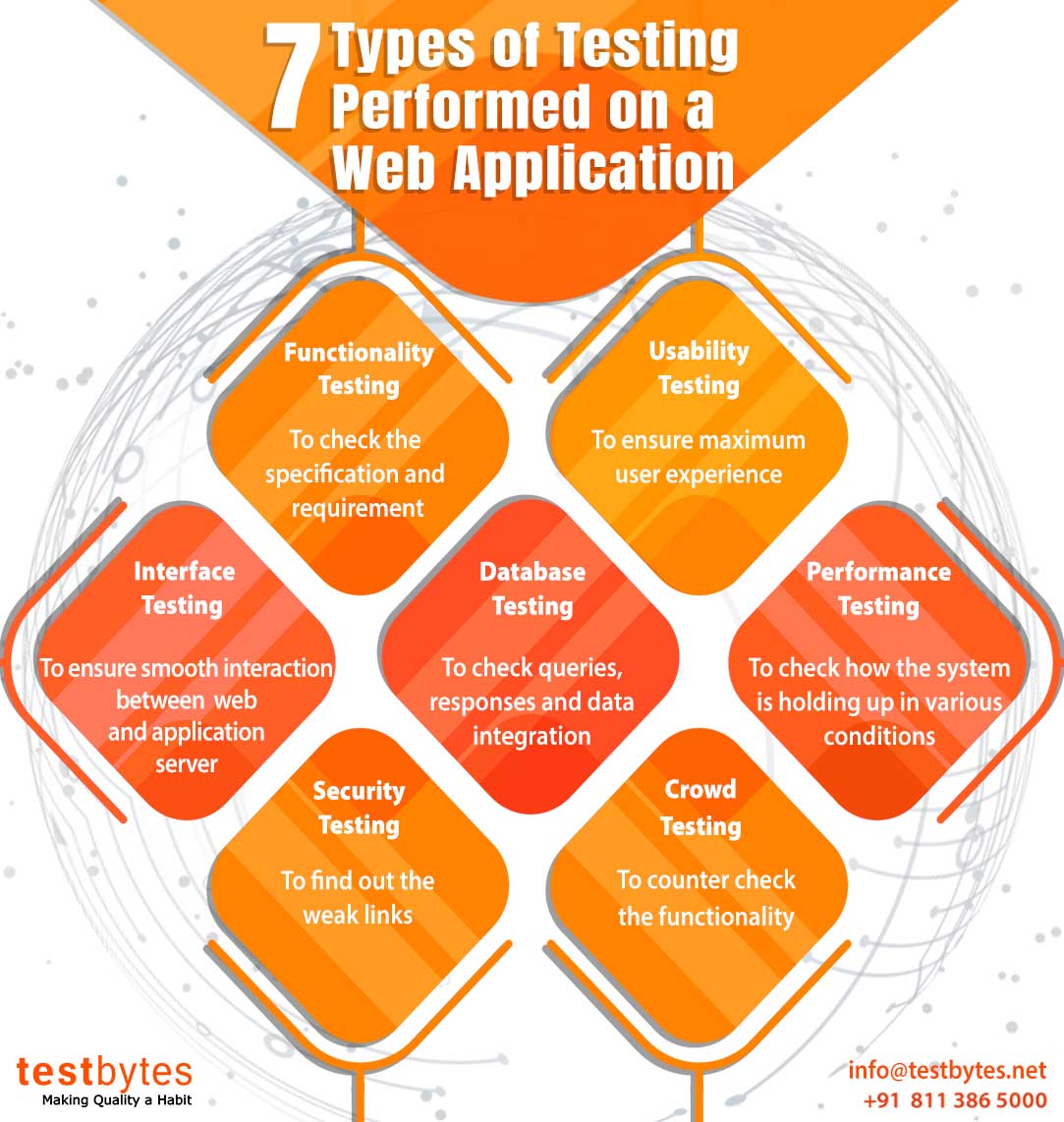Two fundamental approaches, dynamic testing, and static testing, each offer unique advantages and drawbacks in ensuring software quality. Dynamic testing involves the execution of code to uncover defects, while static testing entails the examination of code without execution.
In this blog, we will delve into the nuances of dynamic and static testing, exploring their respective pros and cons.
By gaining insights into these testing methodologies, you can make informed decisions about the most effective strategies to enhance the quality and reliability of your software products.
What Is Static Testing?
Static testing is a method of software testing that doesn’t involve the execution of the code. Instead, it focuses on reviewing and analyzing the code, design, and associated documentation to identify defects and improve the quality of the software. The process of static testing typically involves the following steps:
- Planning: The first step in static testing is to plan the review process. This includes identifying the scope of the review, selecting the reviewers, and establishing review criteria.
- Review Preparation: This step involves gathering the artifacts to be reviewed, such as source code, requirements, design documents, and test plans.
- Review Meeting: If applicable, a review meeting may be conducted to discuss the findings of the review and make decisions regarding the identified issues.
- Review Execution: During this phase, the reviewers examine the artifacts to identify defects, inconsistencies, and areas for improvement. This can be done using various techniques, such as walkthroughs, inspections, or peer reviews.
- Defect Reporting: Any defects or issues identified during the review process are documented and reported for further analysis and resolution.
- Rework: Once the issues are identified, the necessary rework is performed to address the identified defects and improve the quality of the software.
- Follow-up: After the review and rework, follow-up activities ensure that the identified issues have been appropriately addressed and that the necessary improvements have been made.
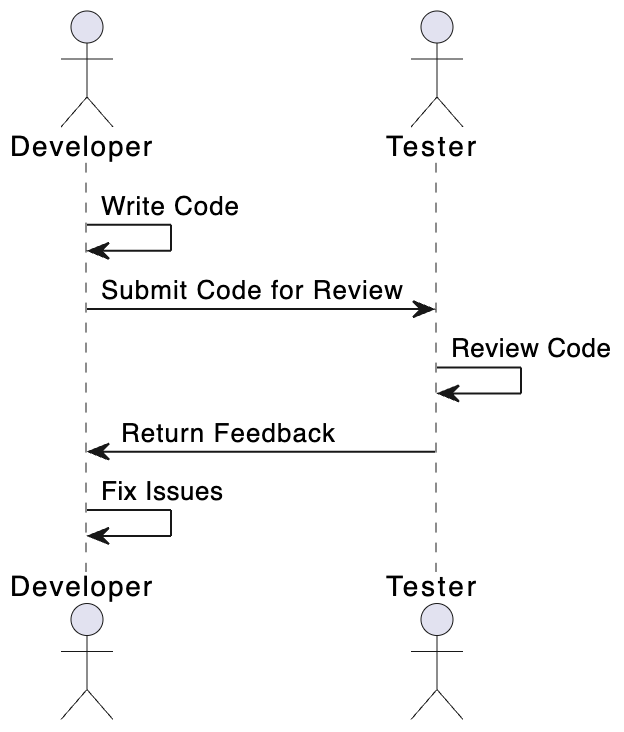
Static testing techniques:
- Informal reviews: Here, no formal review method is applied. The team of reviewers just checks the documents and gives comments. The purpose is to maintain the quality from the initial stage. It is non-documented in nature
- Formal Reviews: It is well structured and documented and follows six main steps: Planning, kick-off, preparation, review meeting, rework follow-up
- Technical Reviews: The team of technical experts will review the software for technical specifications. The purpose is to pin out the difference between the required specification and product design and then correct the flaws. It focuses on technical documents such as test strategy, test plan, and requirement specification documents.
- Walk-through: The author explains the software to the team, and teammates can raise questions if they have any. It is headed by the author, and review comments are noted down.
- Inspection Process: The meeting is headed by a trained moderator. A formal review is done, a record is maintained for all the errors, and the authors are informed to make corrections to the given feedback.
- Static code review: Code is reviewed without execution; it is checked for syntax, coding standards, and code optimization. It is also referred to as white box testing.
Advantages/Pros of Static Testing:
- Helps in identifying the flaws in the code
- The testing is conducted by trained software developers with good knowledge of coding
- It is a fast and easy way to find and fix the errors
- With automated tools, it becomes quite fast to scan and review the software
- The use of Automated tools provides mitigation recommendations
- With static testing, it is possible to find errors at an early stage of the development life cycle, thus, in turn, reducing the cost of fixing them.
Disadvantages/Cons of Static Testing:
- It demands a great deal of time when done manually
- Automated tools work with few programming languages
- Automated tools may provide false positives and false negatives
- Automated tools only scan the code
- Automated tools cannot pinpoint weak points that may create troubles in run-time
What Is Dynamic Testing?
Dynamic testing is a crucial phase in the software testing process, involving the execution of the code to validate its behavior and performance. This process is essential for identifying defects and ensuring the overall quality and reliability of the software. The dynamic testing process typically involves the following key steps:
- Test Planning: The dynamic testing process begins with comprehensive test planning, where test objectives, scope, and test scenarios are defined. This phase also involves the creation of test cases based on requirements and specifications.
- Test Execution: In this phase, the prepared test cases are executed against the software under test. The actual behavior and performance of the software are observed, and the outcomes are compared against the expected results.
- Defect Reporting: Any discrepancies between the expected and actual outcomes are documented as defects or issues. These are then reported to the development team for further analysis and resolution.
- Regression Testing: After fixing the reported defects, regression testing is conducted to ensure that the changes made do not adversely impact the existing functionalities of the software.
- Test Result Analysis: The test results are thoroughly analyzed to assess the software’s performance, identify any remaining defects, and make decisions about the software’s readiness for release.
- Reporting and Documentation: A comprehensive report is generated, documenting the test results, the identified defects, and any recommendations for improvement. This documentation serves as a reference for future testing activities and for tracking the software’s quality over time.
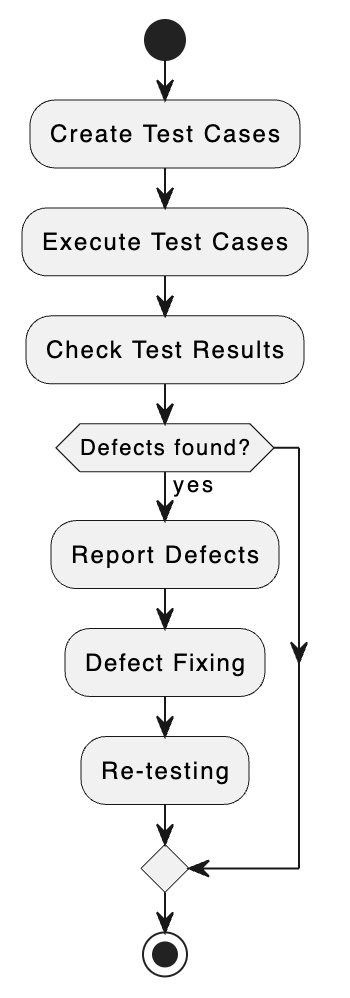
Advantages/Pros of Dynamic Code Analysis
- Dynamic coding helps identify weak areas in a run-time environment
- Dynamic testing supports the analysis of applications even if the tester does not have the actual code.
- It identifies weak areas that are hard to find with static code analysis
- It allows validation of static code analysis findings
- It can be applied to any application
Dynamic code analysis limitations/Cons:
- Automated tools may give a false security that everything is checked
- Automated tools can generate false positives and false negatives
- It is not easy to find a trained professional for dynamic testing
- It is difficult to trace the vulnerability in the code, and it takes longer to fix the problem. Thus, it becomes costly to fix the errors
What Is The Difference Between Static and Dynamic Application Testing?
| Criteria | Static Application Testing | Dynamic Application Testing |
|---|---|---|
| Timing of Testing | Conducted during the development phase without execution. | Conducted during the execution phase of the application. |
| Scope of Testing | Focuses on examining the code, design, and requirements. | Involves evaluating the application’s runtime behavior. |
| Automation Possibility | Often manual, but it can be automated using static analysis tools. | Primarily automated through testing tools and frameworks. |
| Identification of Defects | Detects issues through code analysis without executing the program. | Identifies defects by actively running the application. |
| Examples of Techniques Used | Code reviews, inspections, and walkthroughs. | Unit testing, integration testing, system testing, and others. |
| Timing of Issue Discovery | Issues are identified before the code is executed. | Problems are discovered while the application is running. |
| Focus Area | Emphasizes code and design flaws. | Concentrates on finding functional and performance issues. |
| Applicability | Best suited for early development stages. | Crucial for uncovering issues in a real-world operating environment. |
| Risk Mitigation | Helps in addressing potential issues before runtime. | Identifies problems that may occur during actual usage. |
| Resource Utilization | Less resource-intensive during execution. | More resource-intensive due to dynamic testing requirements. |
| Feedback to Developers | Provides feedback on code quality and design early in the process. | Offers insights into how the application performs in real scenarios. |
Conclusion
Both dynamic and static testing play pivotal roles in ensuring software quality. Dynamic testing excels in uncovering runtime defects and validating the functional aspects of the software, while static testing is adept at identifying issues early in the development process.
Each approach has its own set of pros and cons, and the most effective testing strategy often involves a combination of both methods.
By leveraging the strengths of dynamic and static testing while mitigating their respective limitations, organizations can achieve a comprehensive and robust approach to software quality assurance, ultimately leading to higher customer satisfaction and improved competitiveness in the market.





